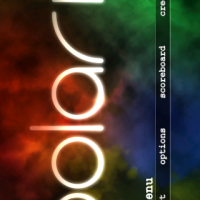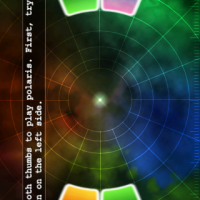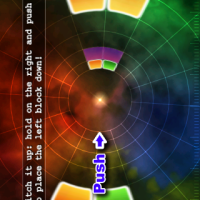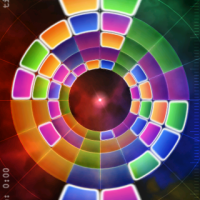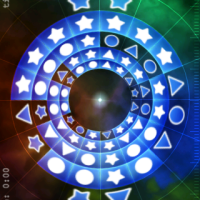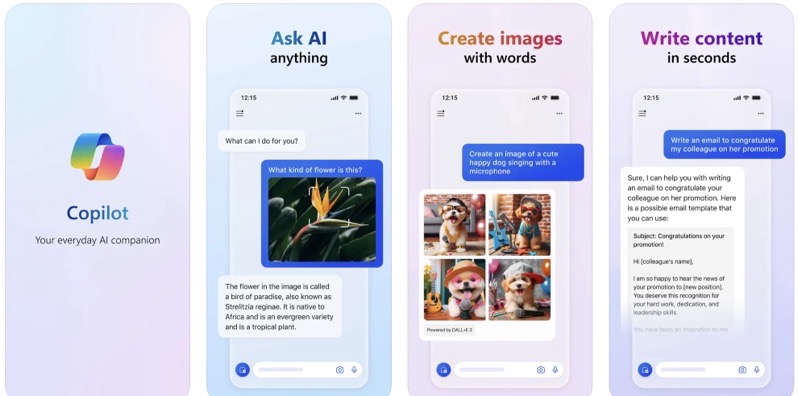
Game Review: Polaris for iPhone
Polaris for iPhone is a new block-falling puzzle game that challenges your quick thinking and hand-eye coordination.
Polaris by Alexandre Karpenko
Polaris is a new block-falling game that I would describe as block-falling meets Bejeweled. The game focuses around blocks that consist of four colors that you push toward tiles in an attempt to deactivate any active tiles to clear a ring. The goal of the game is to clear these rings of tiles, which can range anywhere from one to three or more rings.
A tile deactivates when you place one of your blocks of the same color adjacent to it. This is where the Bejeweled idea comes from that I mentioned earlier. Once you deactivate any active tiles, the ring collapses into the polar star in the center of the screen. The more rings that you can clear simultaneously or the more chain reactions from deactivating tiles that you can accomplish, the higher your score becomes.
Polaris includes three gameplay modes and two difficulty levels per mode. The gameplay modes are Challenge, Survival (beat the clock) and Freestyle. Each gameplay mode has two difficulties, medium and hard, so you are in for a challenge every time as there is no easy here!
Polaris has great visuals and a fantastic musical score. The music that plays in the background (can be turned off) goes perfect with the game. The music is very serene and almost promotes the concentration you need when playing Polaris. The game also comes with a fully detailed tutorial that will help you get started before you begin playing.
The only issue I have with Polaris is the control scheme. I managed to pick the controls fairly easily after about 5 minutes of play, but I am a very active gamer. For the casual gamer, the control scheme is complex and quite difficult to master. The game has a massive focus on the controls, from the game website to the in-game tutorial, the focus seems to be on the control scheme.
The game requires the use of your thumbs to rotate the level that you are in, so to properly line up your blocks. Tapping on the blocks changes the order in which they fall and using gesture commands such as holding down with one thumb and swiping with the other, allow you drop your blocks onto the tiles below. In writing, the controls sound simple, but in actual gameplay, they take patience to master.
Overall, I like Polaris. The game has fantastic visuals and a great musical score and does well with challenging your puzzle savvy and hand-eye coordination. However, I felt that Polaris falls short with a slightly overcomplicated control scheme, but once you master the controls, Polaris is actually a lot of fun. Polaris is scored a 4 out of 5.
You can check out Polaris in the iTunes App Store for $0.99.
